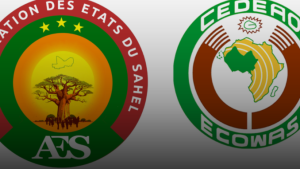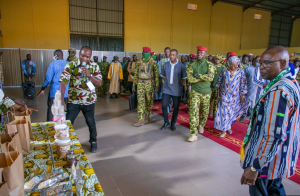Lewis Hamilton ends 946-day winless streak with triumph at British Grand Prix

Lewis Hamilton ended his 946-day victory drought by winning the British Grand Prix at Silverstone, overcoming changeable weather and frequent tire changes.
The Mercedes driver claimed his 104th career victory, his first since the 2021 Saudi Arabian Grand Prix, and a record-breaking ninth win at Silverstone.
Hamilton triumphed ahead of Max Verstappen’s Red Bull and Lando Norris’s McLaren.

Behind the podium finishers, Oscar Piastri (McLaren), Carlos Sainz (Ferrari), and Nico Hülkenberg (Haas) completed the top six.
French drivers struggled, with Pierre Gasly failing to start due to gearbox issues and Esteban Ocon finishing 16th.
Max Verstappen remains atop the World Championship standings with 255 points, followed by Lando Norris with 171 points and Charles Leclerc, who finished 14th, with 150 points. The next race is set for July 21 in Hungary.






